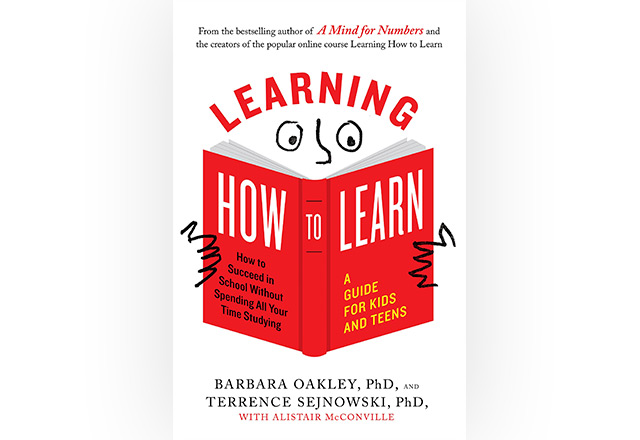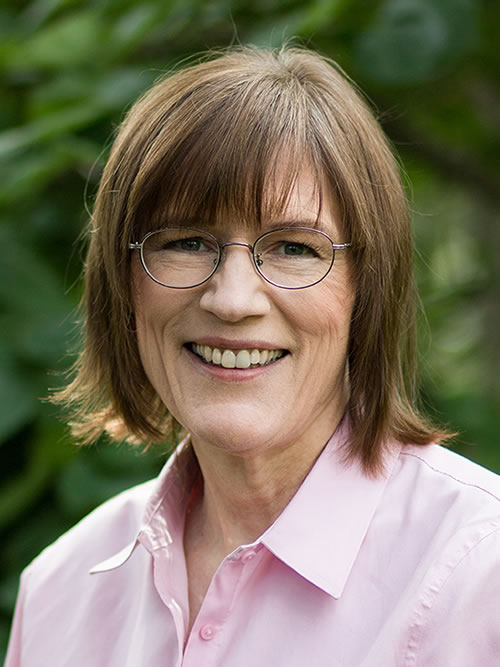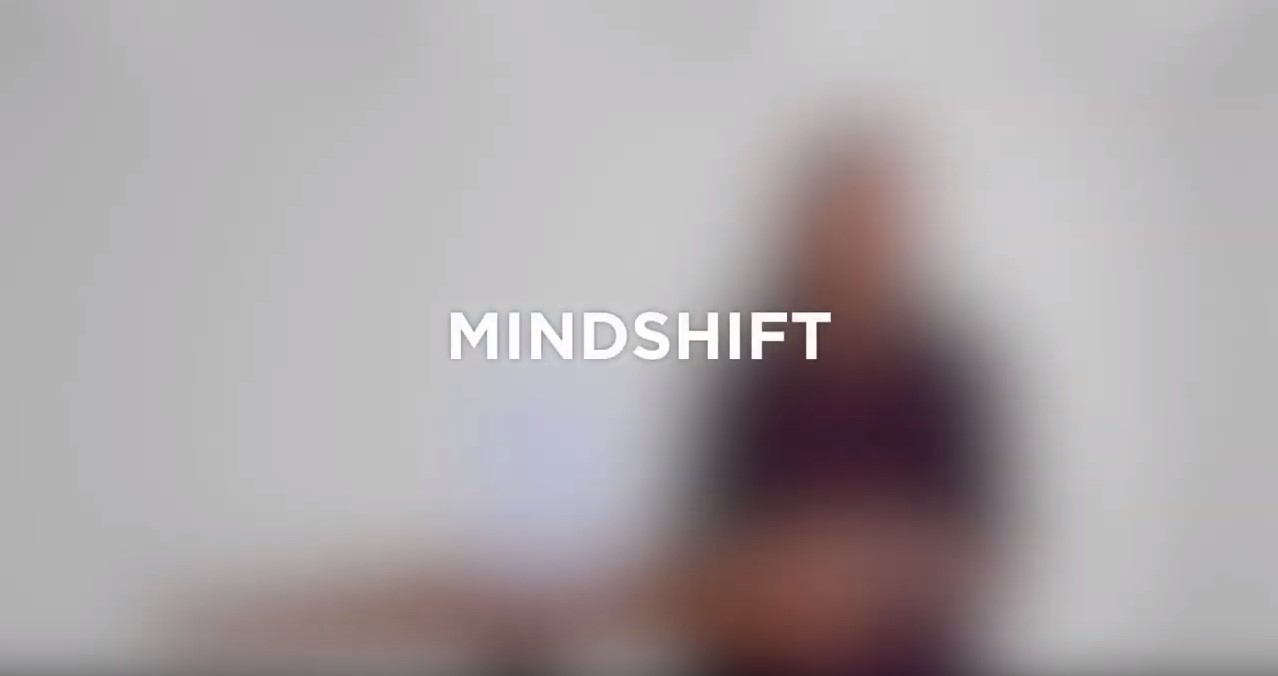Barbara Oakley
"Break through obstacles to learning and discover your hidden potential"
Barbara started studying engineering much later than many engineering students did, because her original intention had been to become a linguist. She enlisted in the U.S. Army right after high school and spent a year studying Russian at the Defense Language Institute in Monterey, California. The Army eventually sent her to the University of Washington where she received her first degree (B.A. in Slavic Languages and Literature). Four years later, she decided to leave the Army and study engineering and received a second degree (B.S. in Electrical Engineering). Barbara also spent a season as radio operator at the South Pole Station in Antarctica, where met her husband.
Her work focuses on the complex relationship between neuroscience and social behavior. She has published in outlets as varied as the Proceedings of the National Academy of Sciences, the Wall Street Journal, and The New York Times. Her research has been described as “revolutionary” in the Wall Street Journal.
Researchers often use the phrase: ‘Neurons that fire together, wire together.’ You can think of the ‘wiring together’ as creating a set of brain-links. Learning something new means creating new or stronger links in your brain…. As you practice a new idea, more neurons join in. More neurons, stronger synapses—the brain-links get stronger, too!

Mindshift
Barbara was terrible at math growing up. However, today, she is a professor of engineering. People make dramatic shifts like that in their careers all the time, and we can learn useful ideas from them about how to build a resilient, flexible career that keeps you on top of the latest information—even if you think you just don’t have the proper abilities or foundation to learn in those new areas.
The book provides clues to learn how “career catastrophes” like being laid off often lead to incredible learning as well as new experiences, how even the world’s most brilliant scientists can be forced to hit career reset buttons and what they do about it.
Buy NowBreak Through Obstacles to Learning and Discover Your Hidden Potential—the subtitle of this book—paints a broad canvas. But that canvas is your canvas. As you’ll see, the scope of your ability to learn and change is far broader than you might ever have imagined.
Learning How to Learn
She wrote Learning How to Learn to give people practical useful insights on how to learn better, based on understanding how the brain works. For example, did you know that procrastination arises because when you even just think about something you don’t like, or don’t want to do, it activates feelings of pain?
Barbara conveys these practical insights for you to understand why sometimes letting your mind wander is an important part of the learning process, how to avoid “rut think” in order to think outside the box or why having a poor memory can be a good thing.




